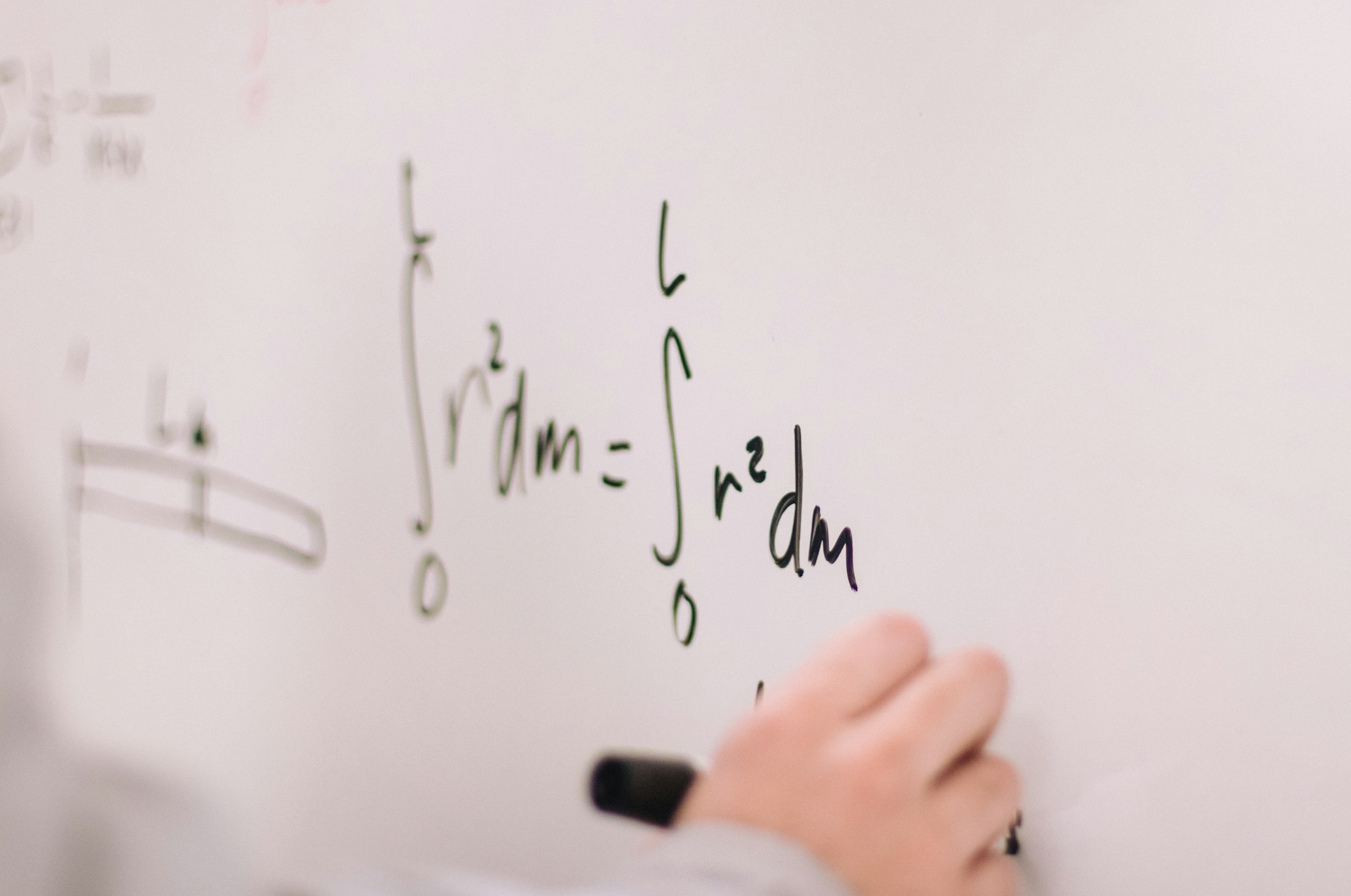The Neyman-Pearson lemma is an important theorem in the field of statistical hypothesis testing. It was developed by Jerzy Neyman and Egon Pearson in 1933 and states that for any two statistical hypotheses, one of which is a special case of the other, the most powerful tests for the two hypotheses are the same. The Neyman-Pearson lemma is part of the Neyman-Pearson theory of statistical testing, which introduced concepts like errors of the second kind, power function, and inductive behaviour. This theorem is fundamental to the field of statistical hypothesis testing and has been used in many areas ranging from medical testing to research in the social sciences.
In the context of hypothesis testing, the Neyman-Pearson lemma provides a way to compare the power of two tests. The power of a test is the probability that the test will reject the null hypothesis when the alternative hypothesis is true. The more powerful the test, the more likely it is to detect a difference in the population means when there is one. The Neyman-Pearson lemma states that the most powerful test for two hypotheses is the one that has the greatest likelihood ratio. The likelihood ratio is the ratio of the probability of observing the data under the alternative hypothesis to the probability of observing the data under the null hypothesis.
The Neyman-Pearson lemma also provides a way to determine the critical values for a test. The critical values are the points at which the test statistic is considered statistically significant. The lemma states that the critical values should be chosen so that the power of the test is maximized. This means that the critical values should be chosen so that the probability of rejecting the null hypothesis when the alternative is true is maximized, while the probability of rejecting the null hypothesis when it is actually true is minimized.
In summary, the Neyman-Pearson lemma is a fundamental theorem in the field of statistical hypothesis testing. It states that the most powerful test for two hypotheses is the one with the greatest likelihood ratio, and it provides a way to determine the critical values for a test so that the power of the test is maximized. The lemma has been used in many areas of research and is an important tool for researchers in the field of statistical hypothesis testing.
Applications in economics
The Neyman-Pearson lemma has a variety of applications in economics. It can be used to test the validity of economic theories, estimate the effects of policy changes on economic outcomes, and evaluate the effectiveness of different economic policies.
The lemma can be used to test the validity of economic theories. For example, a researcher may use the lemma to determine the likelihood that a particular economic theory is true. The researcher can calculate the likelihood ratio for different hypotheses and compare them to determine which hypothesis is more likely to be true.
The lemma can also be used to estimate the effects of policy changes on economic outcomes. For example, if a policy change is expected to have a particular effect on an economic outcome, a researcher can use the lemma to calculate the likelihood of the expected outcome occurring. This can be used to determine the expected economic impact of a policy change.
Finally, the lemma can be used to evaluate the effectiveness of different economic policies. A researcher can use the lemma to calculate the likelihood ratios for different economic policies and compare them to determine which policy is more likely to be effective. This can be used to determine which economic policies are more likely to be successful.
Do you want to work with us on any of these problems?
We work on similar exciting issues, sometimes for fun and sometimes with commercial aspects. If you have ideas or want to explore these fields with us, please contact us or reply to this email.









